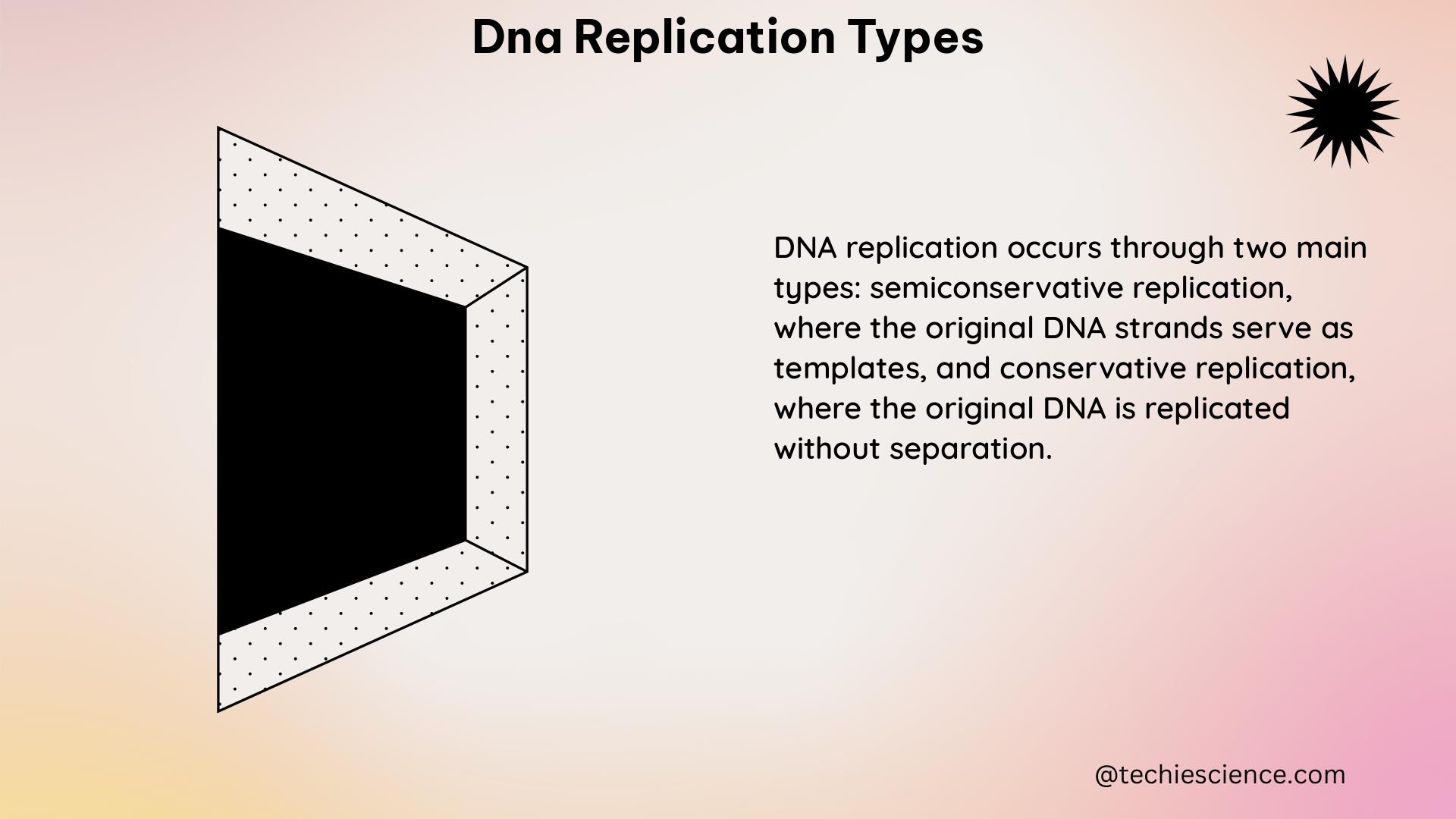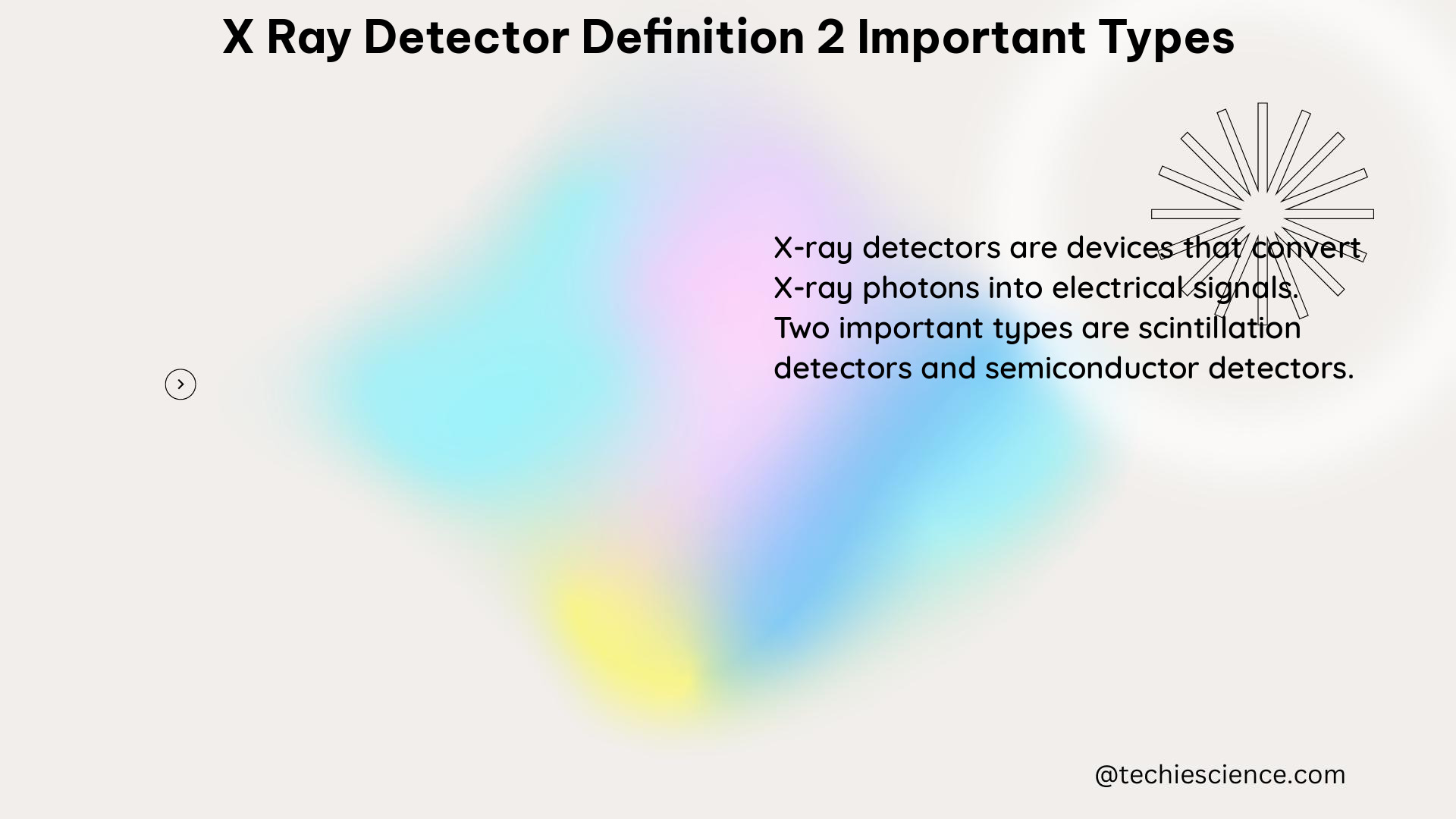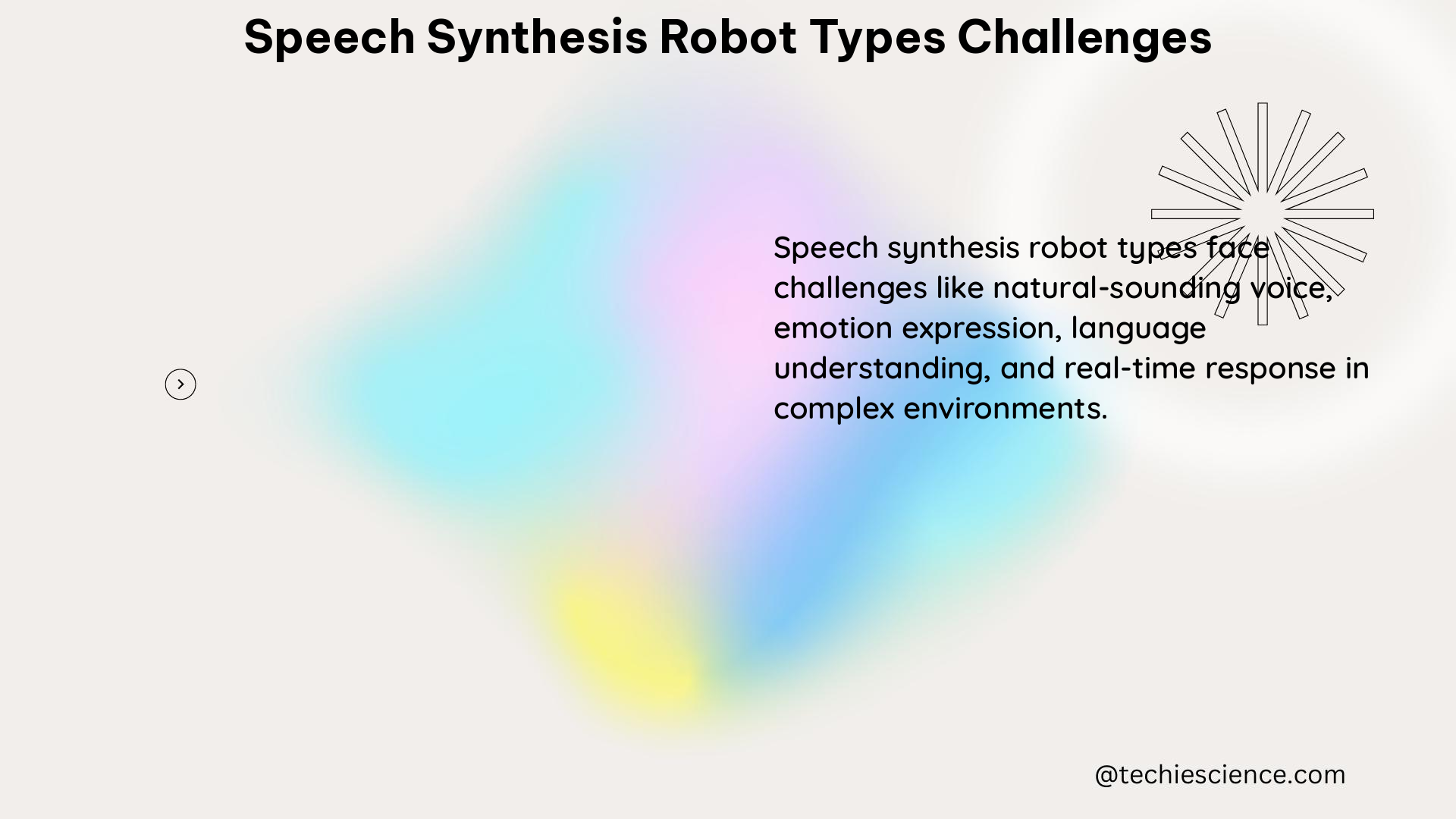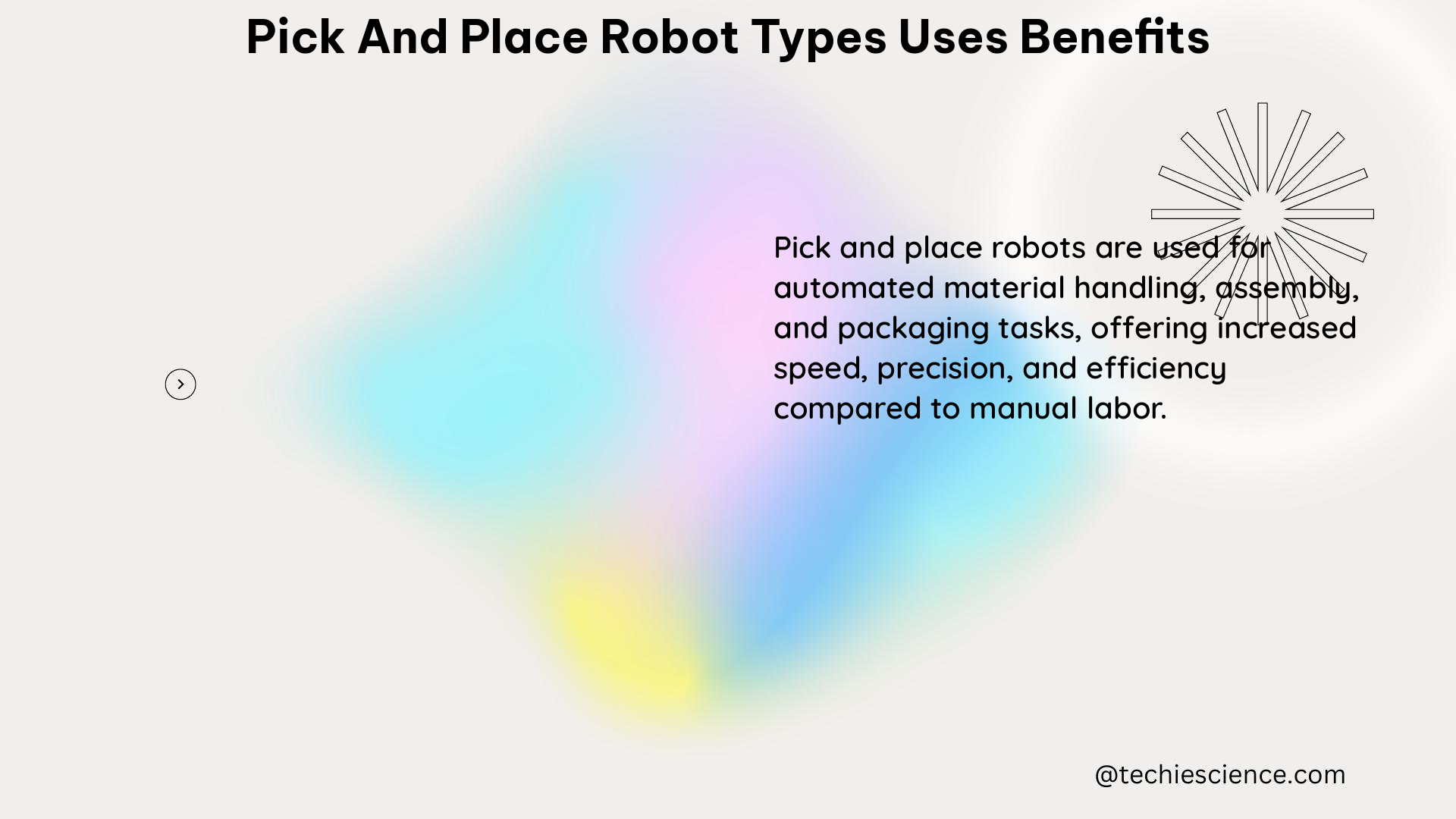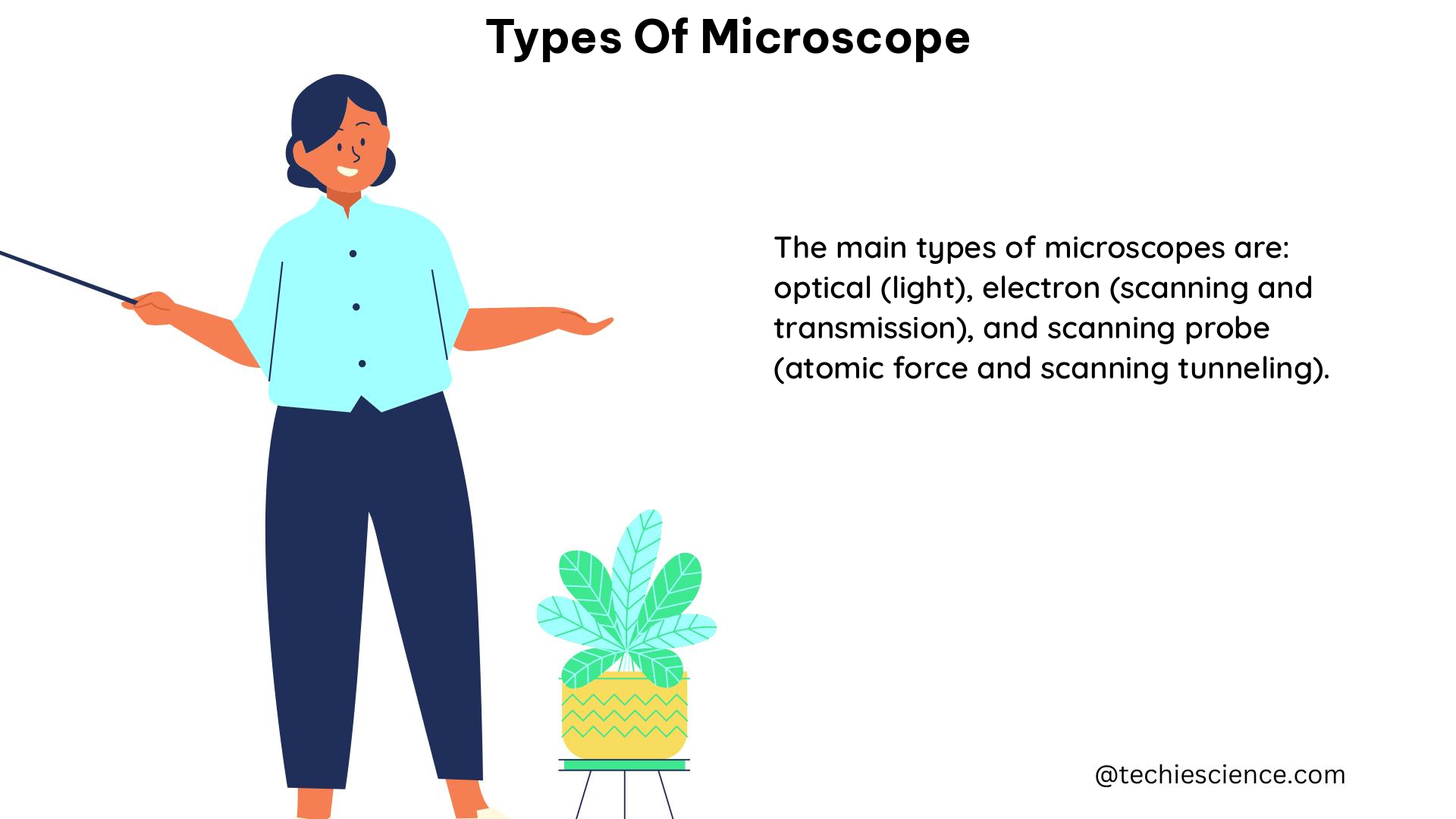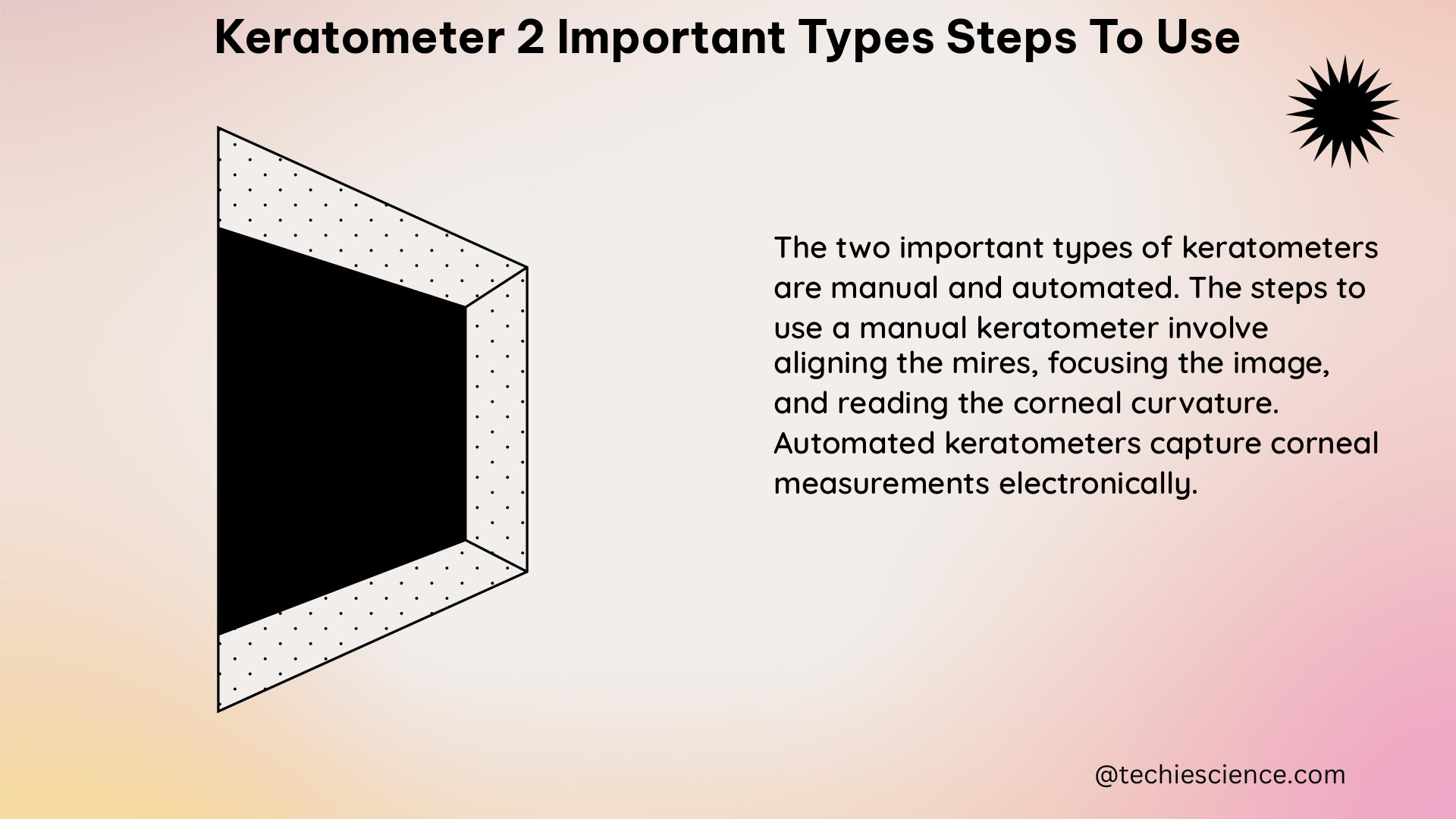Covalent bond types of elements are wherein elements form bond by covalent bonding.
So, what are covalent bond types of elements examples ? When bond is formed by atoms of elements by sharing pair of electrons (could be single pair of electrons or more) between them it is termed as covalent bond.
Covalent bond types of elements examples
Selenium
Its atomic number is 34 and belongs to group 16 and 4 period of periodic table (p-block). It was discovered by Jacob J.B. in the year 1817. In appearance it is a solid grey colored element which looks somewhat like a metal. Its observed melting point is 221 degrees Celsius and boils at a temperature of 685 degrees Celsius. Its density is around 4.28-4.81 g/cm3 depending on the type (gray, alpha, vitreous) at room temperature.
Talking about its occurrence, it is usually found in the inorganic form such as selenide and selenite and sometimes selenite. Also found in small parts in ores of sulfide basically as impurity. We know that the electronic configuration of selenium is [Ar] 3d10 4s2 4p4, hence has 6 electrons as valence electrons. In order to satisfy the octet rule it therefore has to acquire 2 electrons and it does it by forming 2 covalent bonds (single).

Image credit : Wikipedia
Taking into account its oxides, it forms two oxides dioxide and trioxide. Dioxide of selenium can be formed by reaction between selenium (elemental form) and oxygen. And trioxide of selenium can be prepared by carrying out reaction of anhydrous potassium selenate with sulfur trioxide. Selenium has lot of applications.
Nowadays it is used fertilizers because it is seen to decrease the lead, cadmium accumulation in the lettuce crops. Also used in production of glass and in alloys.
Sulfur
Its atomic number is 16, belongs to group 16 and period 3 of the periodic table (p-block). First discovered in the year 1977 by Antoine Lavoisier. In appearance it is a solid. Its recorded melting point is 115 degrees Celsius and boils at a temperature of 444 degrees Celsius. Its observed density is around 1.92-2.07 g/cm3 depending on type (alpha, beta, and gamma) at room temperature.
Its electronic configuration is [Ne] 3s2 3p4, so it has 6 electrons as valence electrons and needs two more electrons to obtain an octet so it forms 2 covalent bonds (single) and completes its octet. It imparts blue flame on burning and forms sulfur dioxide. Referring to its solubility, soluble in disulfide (carbon) and does not dissolve in water. 23 isotopes of sulfur have been recorded out of which only 4 are considered stable.

Exhibits +2, +3, +4, +5, +6 oxidation states and is diamagnetic in nature. It is said to be one of the most abundant element (tenth in universe and fifth on earth).Plastic sulfur (Amorphous) is formed when the molten sulfur is rapidly cooled. When sulfur reacts with oxidizing agents in acidic solution (considerably strong) it yields polycations of sulfur (S162+, S82+).
Sulfur has got many applications used in fertilizer, in making wine, preserving food, in pharmaceutical industries etc.
Read more about : 4 Single Covalent Bond Examples : Detailed Insights And Facts
Boron
Its atomic number is 5 and belongs to group 13 and period 2 of the periodic table (p-block). First discovered by Sir Humphrey Davy, Joseph L in the year 1808. In appearance it is a solid, having a melting point of 2076 Degrees Celsius and boils at 3927 degrees Celsius. Its observed density is 2.08 g/cm3.
Exhibits +1, +2, +3 oxidation states and is diamagnetic in nature. Its electronic configuration is [He] 2s22p1, so it has three valence electrons in its outer shell. Hence, it will satisfy the octet by forming covalent bonds. It has 2 isotopes.

Taking into account its application, used in making aerospace structure due to the high strength of boron fibres (also it is quite light weight). Also used in metallurgy for obtaining hard boron steel.
Silicon
Its atomic number is 14 and belongs to group 14 and period 3 of the periodic table. It was first identified in 1823 by J.J. Berzelius. In appearance it is a solid, having an m.p of 1414 degrees Celsius and boils at a temperature of 3265 degrees Celsius. Its observed density is 2.329 g/cm3. Exhibits +1, +2, +3, +4 oxidation states and is diamagnetic in nature.
Its electronic configuration is [Ne] 3s23p2, so it has 4 valence electrons hence 4 electrons will be available for bond formation and obtain a compete octet. Silicon is a semiconductor at standard temperature and standard pressure. It has three isotopes which are quite stable. Crystalline silicon seems to be inert but becomes reactive as the temperature is increased.

Let’s have a look at its inorganic form. When silicon is burned at 100 degrees Celsius in presence of sulfur (gaseous) gives silicon disulfide. If a reaction is carried between silicon and nitrogen at a temperature higher than 1300 degrees Celsius it gives silicon nitride. Pure form of silicon can be obtained by carrying out reduction of quartzite by using pure coke (highly pure).
This particular reaction is called carbothermal reduction. Silicon dioxide (silica) is studied as it has got significant application which includes it’s a major constituent in granite, sandstone. Coming to the applications of silicon, widely used in ceraic industry for making fire brick (kind of ceramic). Silicones are used to carryout water proofing, moulding the compounds.
Germanium
Its atomic number is 32, belongs to group 14 and 4th period. It was first discovered in 1886 by C.A. Winkler. In appearance it is a solid. Its melting point is 938 degrees Celsius and boils at 2833 degrees Celsius. Observed density is 5.323 g/cm3 and diamagnetic in nature. At standard temperature and pressure it seems to be silvery-white in color, brittle and semi-metallic.
Its electronic configuration is [Ar] 3d104s24p2. It has 4 valence electrons which form bond and achieve octet. Germanium acts as a good semiconductor produced by the zone refining process which yields the required type of semiconductor. It can oxidize above 250 degrees Celsius. It is soluble inH2SO4 and HNO3 (in concentration hot solutions) but is soluble in acids under dilute concentration.

It has 5 isotopes naturally occurring. Its applications are used in making lenses of camera, microscopes and the important part of optical fiber. The oxide of germanium acts as a catalyst in polymerization for producing polythene terephthalate.
Antimony
Its atomic number is 5L, belongs to group 15 and 5th period. It was initially discovered around 1600 BC. In appearance it is grayish silvery (lustrous) colored and solid. Its melting point is around 630 degrees Celsius and boils at a temperature of 1635 degrees Celsius. Observed density is 6.697 g/cm3 and is diamagnetic in nature. It exhibits +1, +2, +3, +4 oxidation state.
It has four allotropes out of which one is stable the other three are seen to be metastable and here are two isotopes (stable). Its electronic configuration is [Kr] 4d105s25p3 and hence has 5 electrons as valence electrons which form bond and obtain octet. Coming to its applications it forms alloys of significant importance due to the mechanical strength, hardness.

China is the leading producer of Antimony. At room temperature it is quite stable but as the temperature is increased it produces antimony trioxide by reacting with oxygen.
Lithium
Its atomic number is 3, belongs to group 1 and 2nd period. First discovered by Johan A. Arfwedson in the year 1817. In appearance it is said, silver-white in color. Its m.p is 180 degrees Celsius and boils at a temperature of 1330 degrees Celsius.
Observed density is around 0.534 g/cm3 and is paramagnetic in nature. Exhibits +1 oxidation state. It’s quite soft and can be cut using a knife and has 2 isotopes which quite stable. Easily reacts with water, due to this reason it has to be stored in petroleum jelly (hydrocarbon sealant).

It is mostly produced by the process of electrolysis. Taking into account its application they are used in making batteries for mobile devices and cars (electric).
Aluminium
Its atomic number is 13, belongs to group 13 and 3rd period. First discovered by Oersted in the year 1825. In appearance it is solid and silver gray metallic colored. Its observed melting point is 660 degrees Celsius and boils at 2470 degrees Celsius. Its density is around 2.70 g/cm3 (at r.t.) and is paramagnetic in nature. Exhibits -2, +2, +3 oxidation state.
The only known stable isotope is 27Al. Aluminium is seen to have high affinity towards oxygen and hence cannot be used as reducing agent in reactions like thermite reaction. It can be prepared by the Bayer process, wherein the bauxite converted into alumina. Bauxite is blended (for obtaining a uniform composition) and later is grounded. The obtained slurry is mixed into sodium hydroxide solution digested at quite a high pressure and aluminium hydroxide is dissolved in bauxite.

After this the slurry is still at quite high temperature, so by removing of steam (pressure reduces) it is cooled. The residue of bauxite is separated (from solution) and discarded. Aluminium is obtained as Aluminium hydroxide and later after half an hour the element is precipitated out.
Talking about the applications, it is used in alloys due to its mechanical properties. Used in transportation due to the lower density. Packaging of food (foil and cans) as it does not absorb.
Arsenic
Its atomic number is 33, belongs to group 15 and is 4th period. It was discovered in around 1250. In appearance it is grey metallic colored solid. The observed density is around 5.27 g/cm3 (at r.t.) and is diamagnetic in nature.
Electronic configuration [Ar] 3d104s24p3 and has 5 valence electrons which are used for forming bond completing the octet. It has three allotropes (black, grey and yellow) and has one isotope 75As (quite stable). Its electronegativity, ionization energy is quite similar to that of phosphorous.

Its application includes it is used in preserving wood as arsenic is toxic for fungi, bacteria and insects. Also used in medicinal industry.
Oxygen
Its atomic number is 8, belongs to group 16 and 2nd period. Was first discovered in 1604 by Micheal S. In appearance it is a gas which is colorless. Its melting point is around -218 degrees Celsius and boils at -182 degrees Celsius.
Its density is around 1.429 g/L (according to STP) and is paramagnetic in nature. Its electronic configuration is [He] 2s22p4. It has 6 valence electrons and forms bond to obtain an octet. Exhibits -2, +2, 0, +1 oxidation state.

Talking about application no explanation is needed as we know what oxygen means to living beings. Other than that it is used in industries for the process of smelting iron ore to steel.
Francium
Its atomic number is 87, belongs to group 1 and period 7 (S-block). In appearance it is solid. The melting point is 27 degrees Celsius and boils at a temperature of 677 degrees Celsius. The observed density is 2.48 g/cm3 and is paramagnetic in nature.
Exhibits +1 oxidation state. It has 34 isotopes. Its electronic configuration is Rn 7s1. It is quite unstable and rare, hence does not have any prominent application.
Problems
What is the process used for preparing Aluminium ?
Bayer process is used for preparing aluminium wherein bauxite is first converted to alumina and then with series of reactions Aluminium is precipitated out.
Which of the above listed element does not have any prominent applications ?
Francium does not have any applications the reason being it instability and it is a very rare element.
Also Read:

